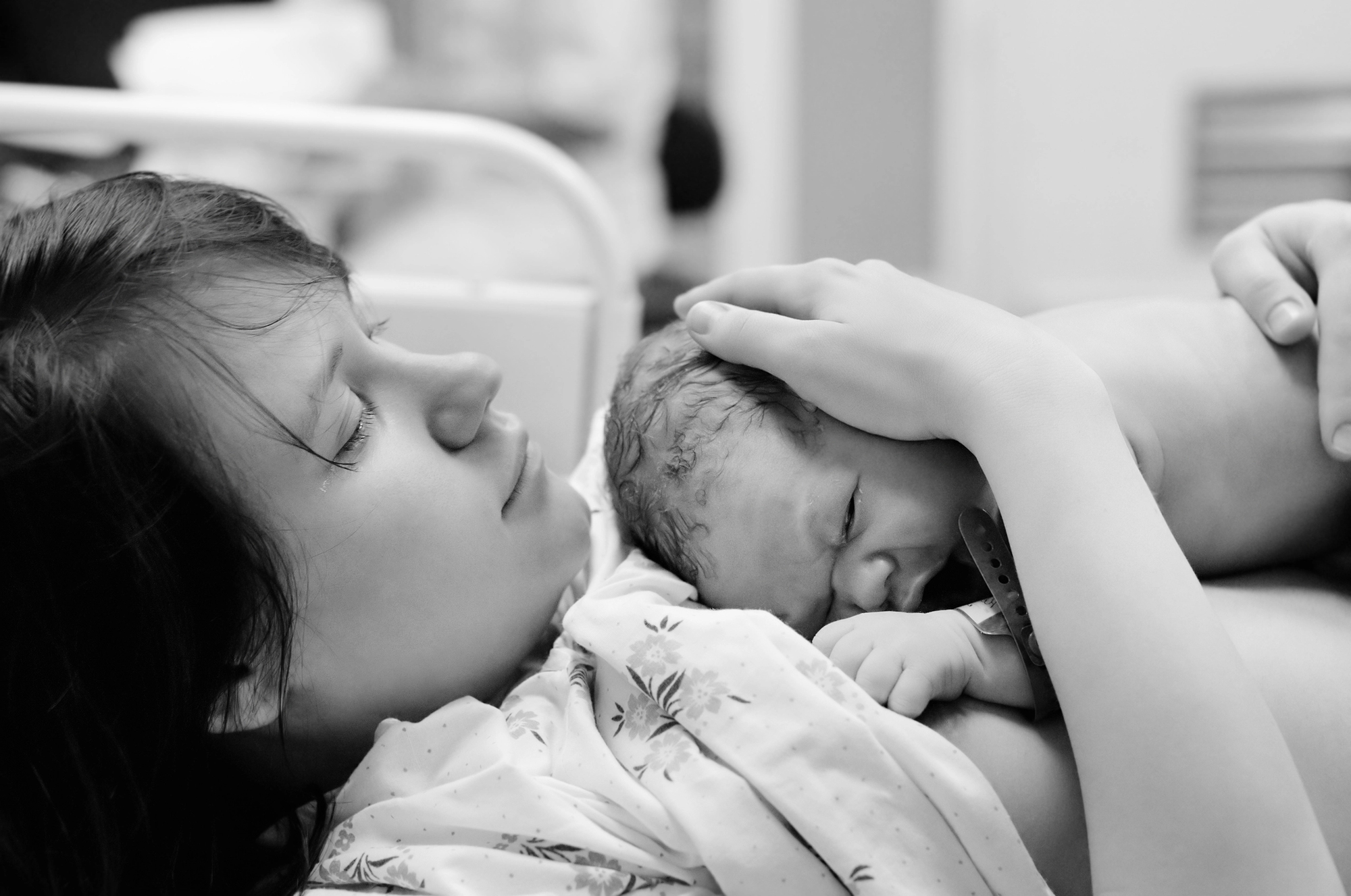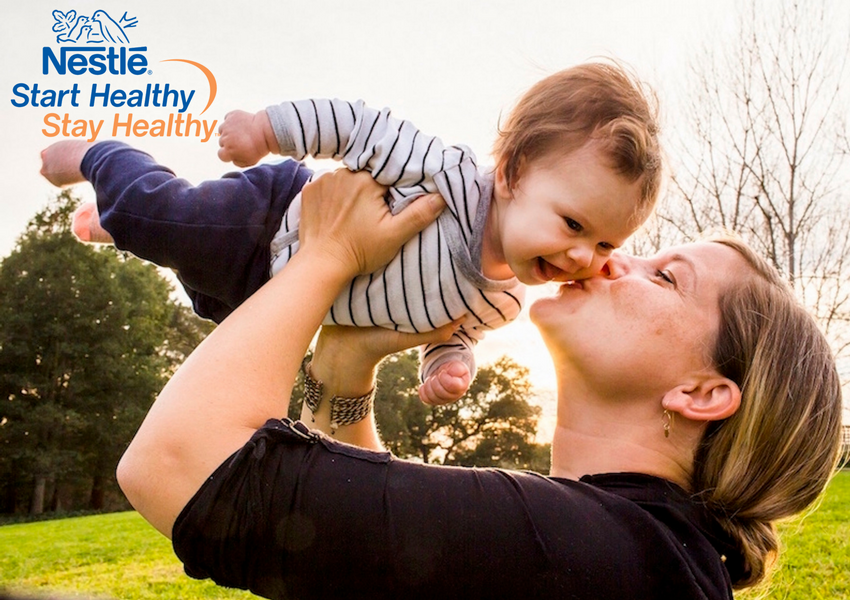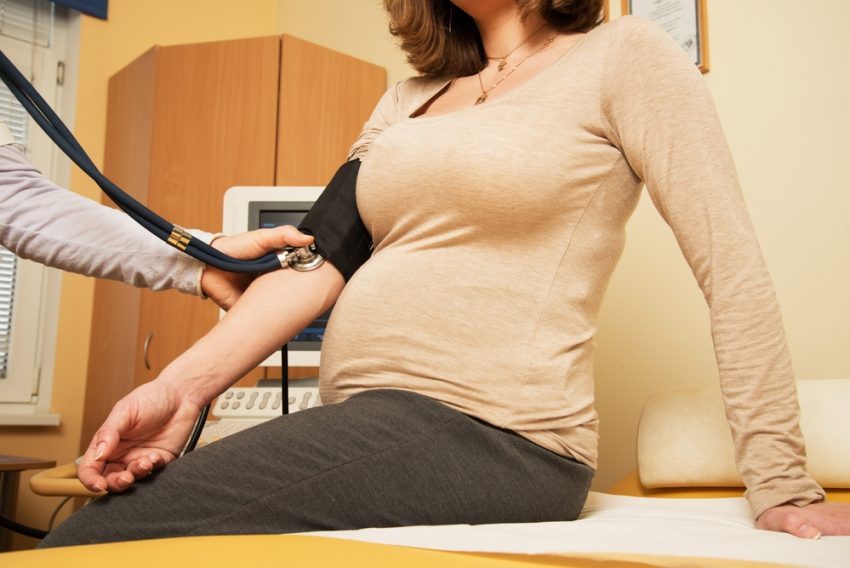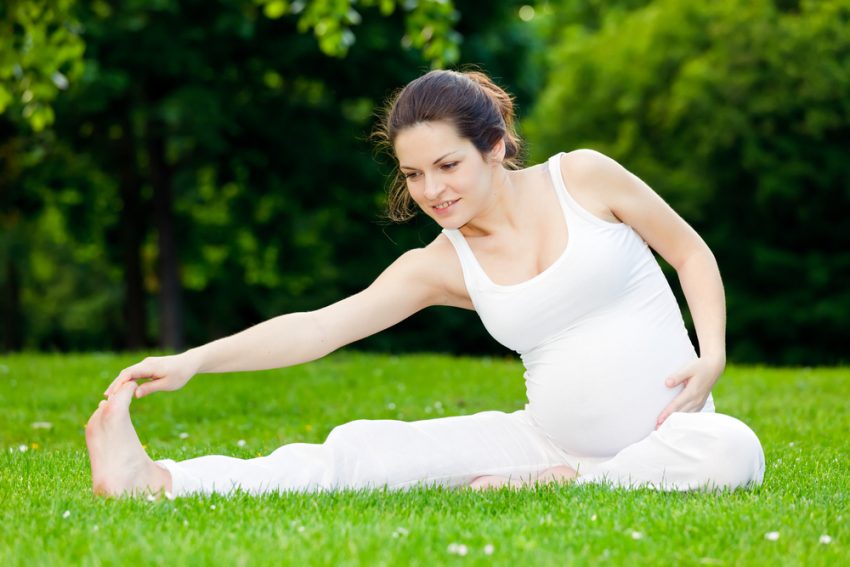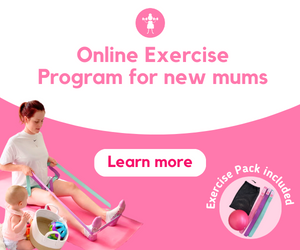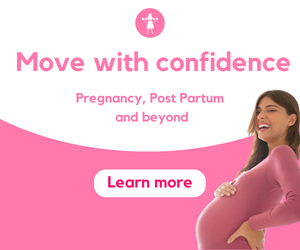What is Abdominal Separation?
Abdominal separation, clinically termed Diastasis Recti, is a common concern amongst women during pregnancy and beyond. It happens when the long band of connective tissue between your abdominals, known as the Linea Alba, starts to stretch during pregnancy. This is a completely normal physiological response during pregnancy to accommodate the size of your growing baby.
What does it look like?
During pregnancy, it often appears as a ridge in the middle of your stomach particularly in movements such as getting out of bed, standing up, bending or twisting and often begins between 14-30 weeks gestation. Postpartum, it can look like a gap along the midline of the abdomen or a doming of the abdominal muscles during movements such as getting out of the car, picking up your baby or turning over in bed.
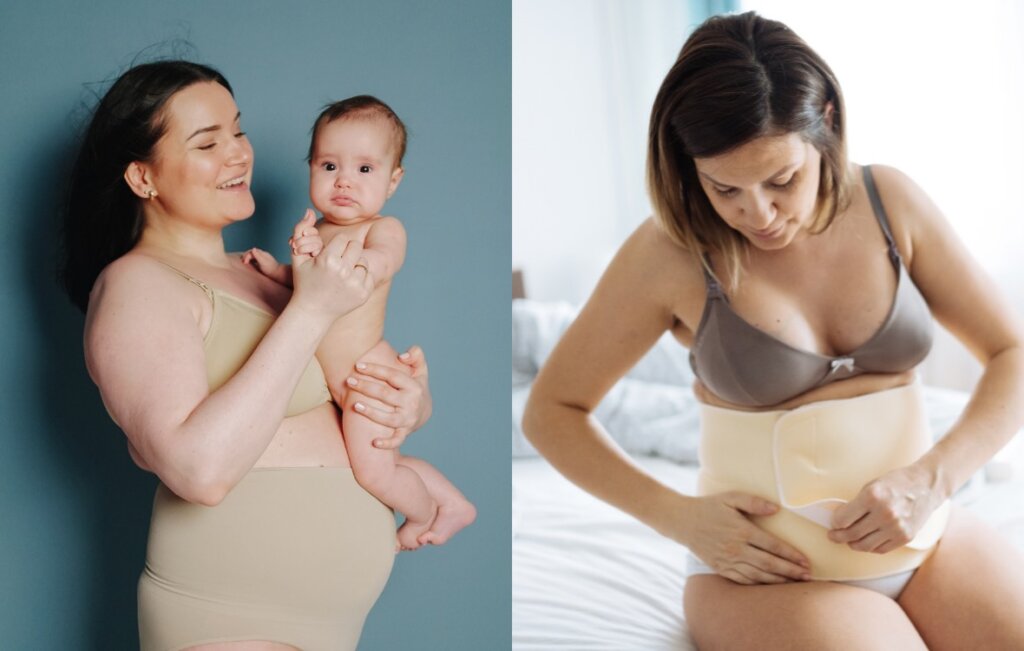
Will it go away?
Typically Abdominal Separation reduces significantly within the first eight weeks Post Partum. Beyond this initial phase, recovery continues at a slower pace. It is common for women to have a larger Diastasis after having children, however current research suggests that we should shift our focus away from ‘closing the gap’ and more towards optimising function.1 In addition, we should move towards measuring the depth and integrity of the Diastasis rather than just the width.2
Further to this, a recent 2-year study measured the Diastasis width in men and women aged 18-90 years old, which showed that over 57% of participants had a gap more than 2cm wide regardless of if they had a baby or not! 3
Diastasis Recti recovery requires a multi-faceted approach. Here are our top recommendations:
- Book in with a Women’s Health Physiotherapist for individualised advice and treatment. They also specialise in many conditions, including Pelvic Floor Dysfunction, Pelvic Organ Prolapse and Pelvic Pain.
- Commence an exercise program that focuses on Diastasis Recti recovery. A recent meta-analysis evaluating Diastasis Recti treatments shows that Diastasis rehabilitation should include abdominal exercises that engage all layers of the abdominal musculature, as well as breath work and Pelvic Floor exercises.4 Contrary to previous recommendations, gentle curl-ups are generally ok and can help restore strength and reduce your Diastasis. However, we do recommend doing this under the guidance of a Women’s Health Physiotherapist or Post Partum trainer to make sure the right technique is being used.1
- Integrate Post Partum Functional training. This type of training mimics everyday movements such as lifting, twisting and bending. We focus on this in
our Online Exercise program for new mums to help them engage their core and hold their babies in an optimal way.
- Modify activities such as rolling on your side to get out of bed. Small changes like this can help you manage the load you are placing on your stomach muscles in those early days.
- Gentle compression shorts in the early postpartum period can provide additional stability and comfort.
- Be aware movements such as very heavy lifting, full range sit-ups or planks are best avoided initially as they can spike your intra-abdominal pressure. We recommend checking when you can recommence these movements with your Women’s Health Physiotherapist.
Returning to movement is a gradual and nonlinear journey that is often hard to navigate as a new mum. In our 12 Week Online Exercise Program, we take the guesswork out of Post Partum exercise and help you enjoy a safe return to exercise. Our program is available now. Use code KIDDIPEDIA15 for 15% off for a limited time!
References:
1 Skoura, A., Billis, E., Papanikolaou, D.T. et al. Diastasis Recti Abdominis Rehabilitation in the Postpartum Period: A Scoping Review of Current Clinical Practice. Int Urogynecol J 35, 491–520 (2024). https://doi.org/10.1007/s00192-024-05727-1
2 Dufour, S., Hurd, A., Lis, E., Speckley, J., Stotesbury, A., & Wright, C. (2019). Pregnancy-related diastasis rectus abdominis: impact of a multi-component group-based intervention. *Obstet Gynecol Int J*, 10, 87–93.
3 Kaufmann RL, Reiner CS, Dietz UA, Clavien PA, Vonlanthen R, Käser SA. Normal width of the linea alba, prevalence, and risk factors for diastasis recti abdominis in adults, a cross-sectional study. Hernia. 2022 Apr;26(2):609-618. doi: 10.1007/s10029-021-02493-7. Epub 2021 Oct 5. PMID: 34609664; PMCID: PMC9012734
4 Weingerl, I., Kozinc, Ž., & Šarabon, N. (2023). The Effects of Conservative Interventions for treating Diastasis Recti Abdominis in Postpartum Women: a Review with Meta-analysis. *SN Compr Clin Med*, 5(1), 10. Published online 2022 Nov 29. doi: 10.1007/s42399-022-01353-4. PMCID: PMC9707186. PMID: 36466120.
By Sarah Campbell


